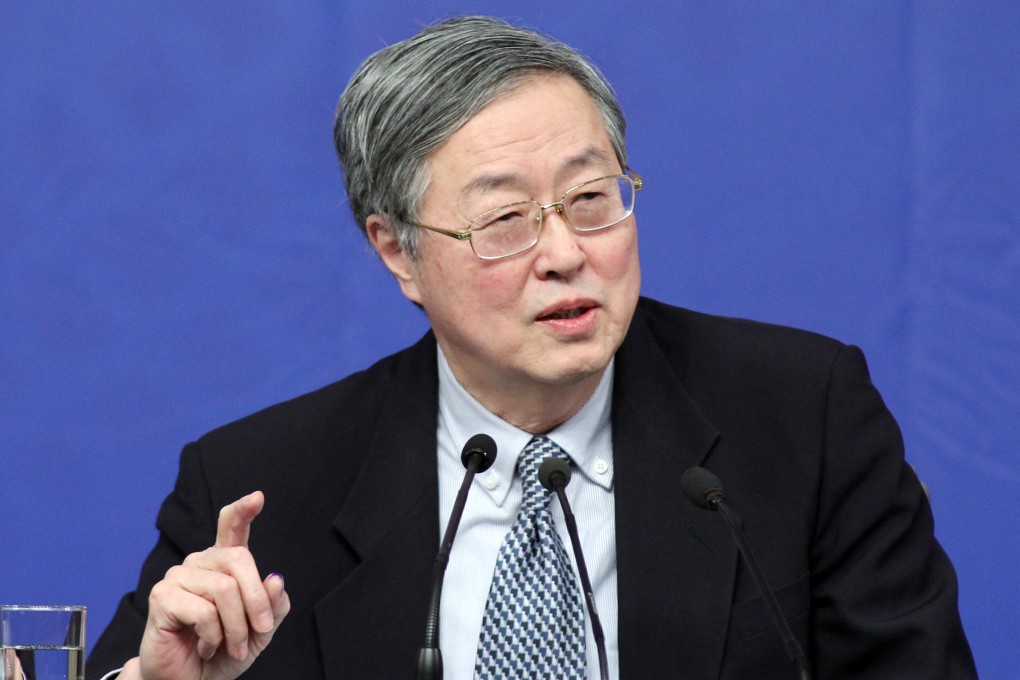Macroscope | Changes to Q programmes and stock connects will speed liberalisation
Momentum towards yuan internationalisation will build in 2015 in line with China's long-term commitment to opening its capital account

In line with China's long-term commitment to opening its capital account, momentum towards internationalisation of the yuan will continue to build in 2015. We expect capital account liberalisation will accelerate sharply this year with significant changes to the "Q" programmes and the stock connect(s).
People's Bank of China governor Zhou Xiaochuan recently said China's capital account could basically become open by the end of 2015, paving the way for the yuan's acceptance as a global reserve currency. As a trade and investment currency, we are already seeing the momentum build. By our estimates, the value of offshore yuan (CNH) assets including deposits, certificates of deposit, bonds and loans will likely exceed three trillion yuan (HK$3.8 trillion) by the end of 2015.
China is looking to further expand access to its onshore capital market and the connectivity to an offshore market by making it easier to obtain investment quotas and allowing wider investment scope to encourage two-way flows.
QFII (qualified foreign institutional investor), the oldest programme to access the Chinese market, has become less popular since the launch of RQFII (renminbi qualified foreign institutional investor) for asset managers. Growth in 2015 will remain incremental as foreign investors await further clarification from Chinese authorities on discussions the QFII programme may become more similar to RQFII.
Since its Hong Kong debut and expedited roll-out in 10 financial centres, we expect the RQFII scheme to further expand to new locations in 2015. RQFII has served as the primary lever for policymakers to promote yuan as an investment currency. Examining RQFII's international development so far, Britain and South Korea are emerging as active yuan centres after Hong Kong. In November 2014, two of five new RQFII licence holders approved by the China Securities Regulatory Commission applied through Britain, while the remainder came via Hong Kong. In January 2015, all of the quotas approved came from Korean asset managers.
With the Shanghai-Hong Kong stock connect already in place, and the anticipation of the Shenzhen-Hong Kong stock connect, this is again providing greater access to the onshore market where index providers can begin to conceive the addition of A shares which will result in a massive reallocation to China's securities market.